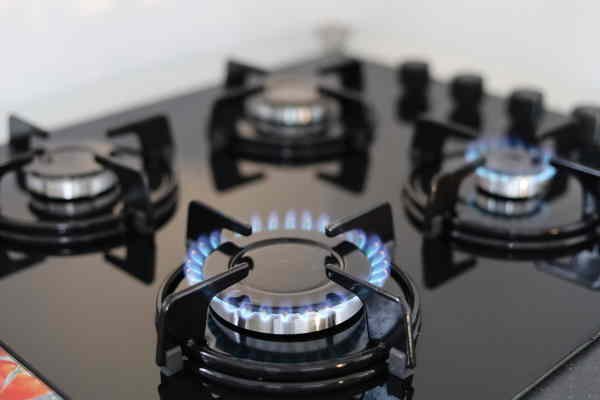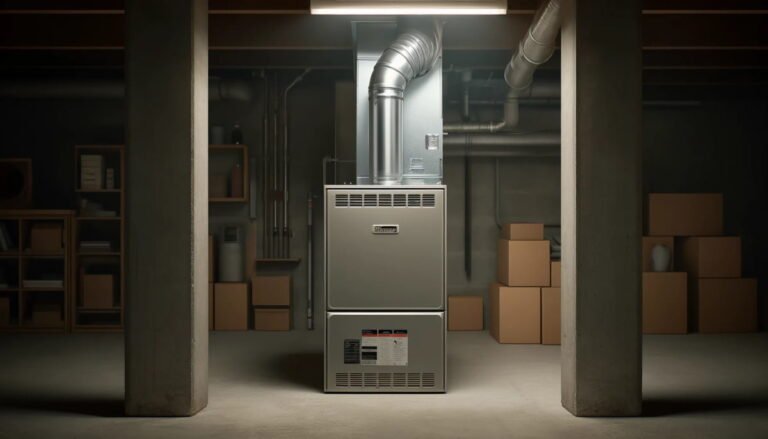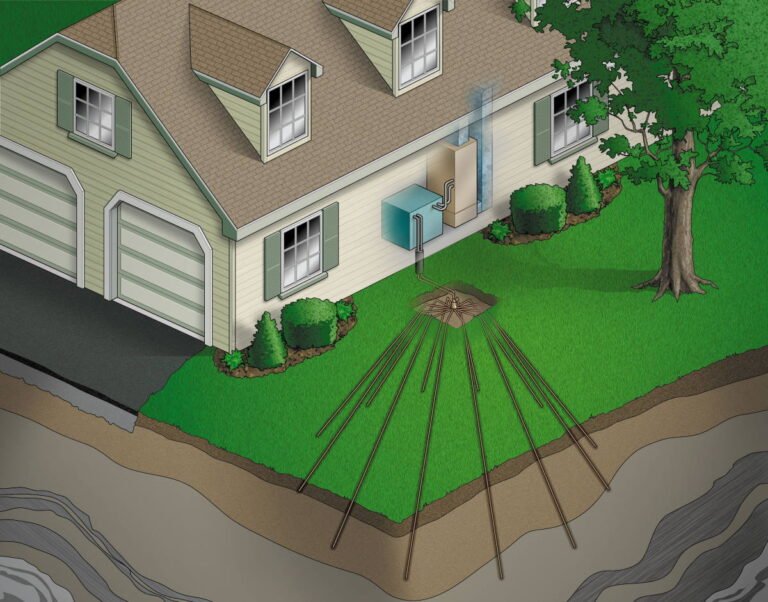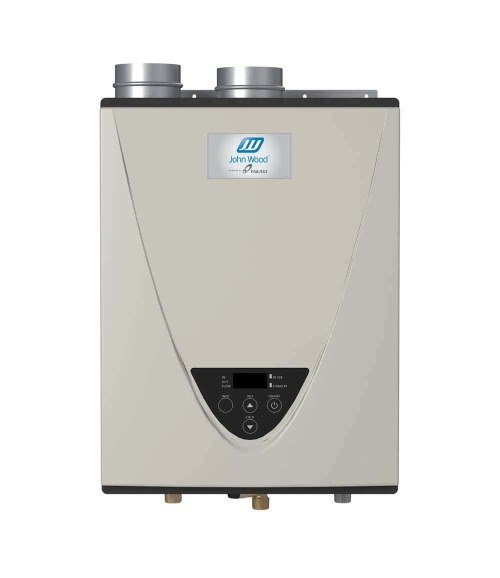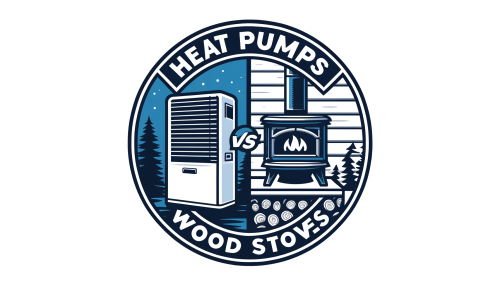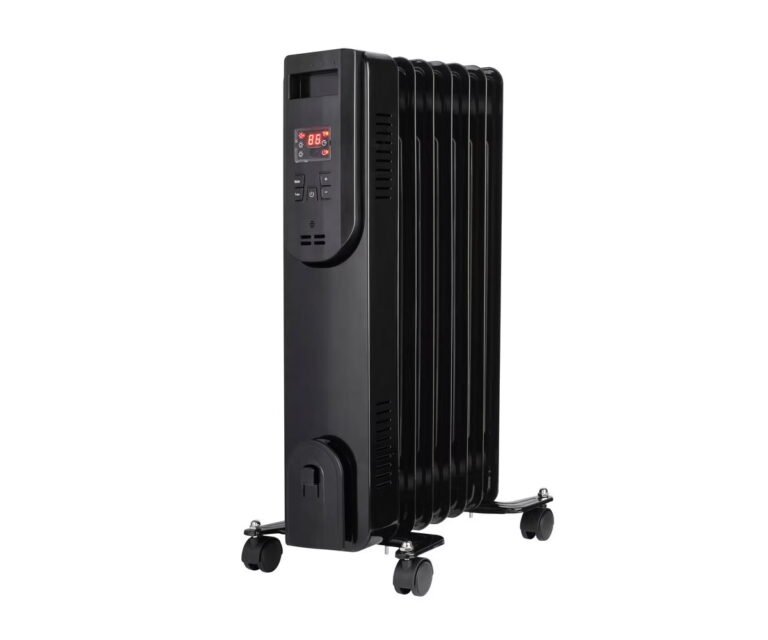What Are Heat Pumps? See How They Work And How to Use Them
What are heat pumps? They are one of the most efficient ways to maintain a comfortable home throughout the year, and understanding their functionality can greatly enhance your usage of this technology.
If you’re intrigued by how heat pumps can help you stay cozy in the winter and cool in the summer, you’re in the perfect place to learn more.

In this guide, we explain what heat pumps are and how they work, presenting the information in a clear and straightforward manner.
By the time you finish reading, you’ll appreciate why this HVAC system is celebrated for their energy efficiency and adaptability, equipped with the knowledge to determine if it is the right choice for your home.
What Are Heat Pumps?
A heat pump is a versatile and efficient climate control system designed to heat and cool homes and buildings.
Unlike traditional heating systems that generate heat by burning gas or oil, or using electric resistance, a heat pump moves existing heat from one place to another.
It operates using the refrigeration cycle, the same technology that powers your household refrigerator.
This makes it a highly efficient alternative to conventional HVAC systems.
Heat pumps are broadly categorized into three types: air-source, water-source, and ground-source heat pumps.
Each type uses different sources from which to transfer heat, yet the underlying technology remains the same.
How Heat Pumps Work?
The best way to discover what heat pumps are is to dive into their working principle.
The operation of a heat pump revolves around a cycle that involves evaporation, compression, condensation, and expansion. To understand this, we’ll focus primarily on the most common type, the air-source heat pump.
Evaporation
Inside the heat pump, there is a liquid refrigerant, which is exposed to the source of heat (e.g., outdoor air in the case of an air-source heat pump).
This exposure occurs in the evaporator coil, where the refrigerant absorbs heat and evaporates, turning from a cold liquid into a warm vapor.
Compression
The warm vapor is then compressed by a compressor. As the vapor is compressed, its temperature and pressure rise dramatically. This process is crucial as it prepares the vapor to release heat when it condenses.
Condensation
The hot, high-pressure vapor now flows through a condenser coil where it comes into contact with the cooler indoor air (for heating) or outdoor air (for cooling), depending on the mode of operation. The heat from the vapor is transferred to the air blowing over the condenser, and as the vapor loses heat, it condenses back into a liquid.
Expansion
After condensing, the refrigerant passes through an expansion valve. This valve reduces the pressure of the liquid refrigerant, which cools it down significantly. The cool refrigerant then re-enters the evaporator, and the cycle starts over.
This cycle is reversible, which allows heat pumps not only to heat a space by removing heat from the outdoors and releasing it indoors but also to cool a space by doing the opposite. This reversibility is typically managed by a device called a reversing valve, which changes the direction of the refrigerant flow based on the heating or cooling needs.
Heating Mode vs. Cooling Mode
The beauty of a heat pump system lies in its dual functionality. In the winter, the system operates in heating mode, extracting heat from the outside air-even when it is cold-and releasing it inside.
Conversely, in the summer, the system reverses the flow of the refrigerant, thereby pulling heat from the indoor air and expelling it outside, thus cooling the interior.
Energy Efficiency and Environmental Impact
One of the most significant advantages of heat pumps is their energy efficiency. They are often more energy-efficient than systems based on combustion. The efficiency of a heat pump is typically measured by its coefficient of performance (COP), which is the ratio of heat output to electrical energy input. A higher COP indicates a more efficient system.
Moreover, because they transfer rather than generate heat, heat pumps can help reduce greenhouse gas emissions, especially when paired with renewable energy sources. As more regions move towards greener energy grids, the environmental benefits of using heat pumps are likely to increase. You can also find more information about heat pumps’ benefits.
How to Use a Heat Pump
Using a heat pump efficiently is crucial to maximize its benefits in terms of both comfort and cost savings. Here’s a guide to help you use your heat pump effectively:
Firstly, set your thermostat to a constant, comfortable temperature. Frequent adjustments can cause the system to work harder, which might reduce its efficiency.
For heating, setting the thermostat to around 68°F (20°C) during the day and lowering it slightly at night is generally recommended.
In cooling mode, a setting of around 78°F (26°C) is considered efficient. Additionally, ensure your thermostat is on the right setting for either heating or cooling, depending on the season.
Secondly, regular maintenance is key to keeping your heat pump running efficiently. This includes cleaning or replacing the air filters every few months, checking the outdoor unit for debris or obstruction, and scheduling annual professional check-ups. These steps help improve airflow and heat exchange and can prevent costly repairs.
Lastly, make use of the programmable settings if your heat pump has them. Setting your system to reduce heating or cooling when you’re not at home or during the night can lead to significant energy savings. This smart use of programmable thermostats can help maintain a balance between comfort and efficiency without constant manual adjustments.
Conclusion
As technology advances and environmental concerns continue to shape the future of HVAC systems, one might ask, “What are heat pumps and why should one invest in them?”
Heat pumps offer a sustainable and energy-efficient solution for heating and cooling homes, making them increasingly attractive in a world where reducing carbon emissions is critical.
Unlike traditional systems that generate heat, heat pumps transfer heat from the outside air, even in cold weather, which makes them exceptionally efficient.
Furthermore, the installation of heat pumps can lead to significant long-term savings on utility bills as they require less energy to operate. This alignment of economic benefits and environmental impact makes heat pumps a smart investment for the future.
More About Heat Pumps

Heat Pump Not Cooling? Here’s What You Need to Know
Heat pumps are essential not only in the winter for heating our homes but also in the summer to cool…
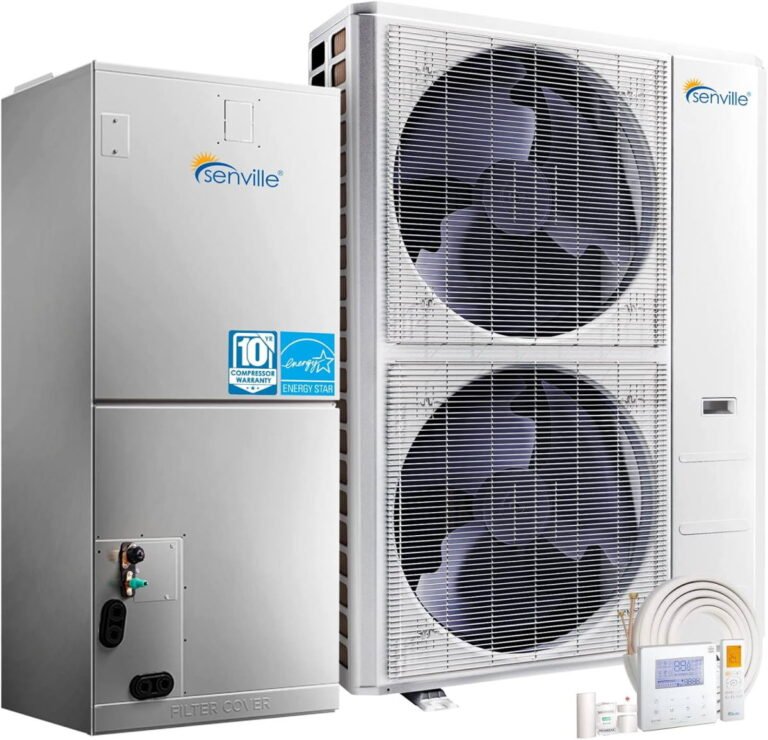
Compare Ductless Mini-Split Heat Pumps vs. Window Heat Pumps: Which Is Right for You?
In this article, we are going to look at ductless mini-split heat pumps vs. window heat pumps, examine how each…
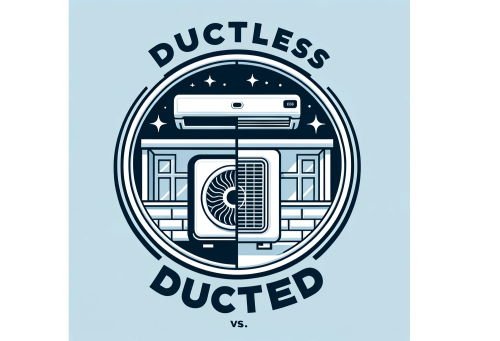
Explore the Differences: How Ductless vs. Ducted Heat Pumps Compare
Deciding between ductless vs. ducted heat pumps is as easy as planning a holiday. You know it’s going to cost…

